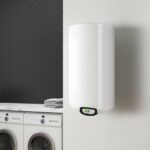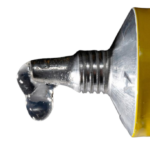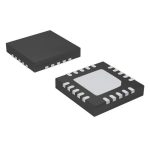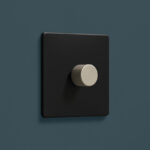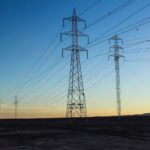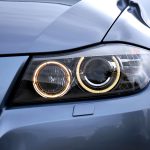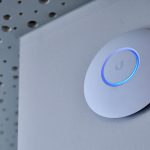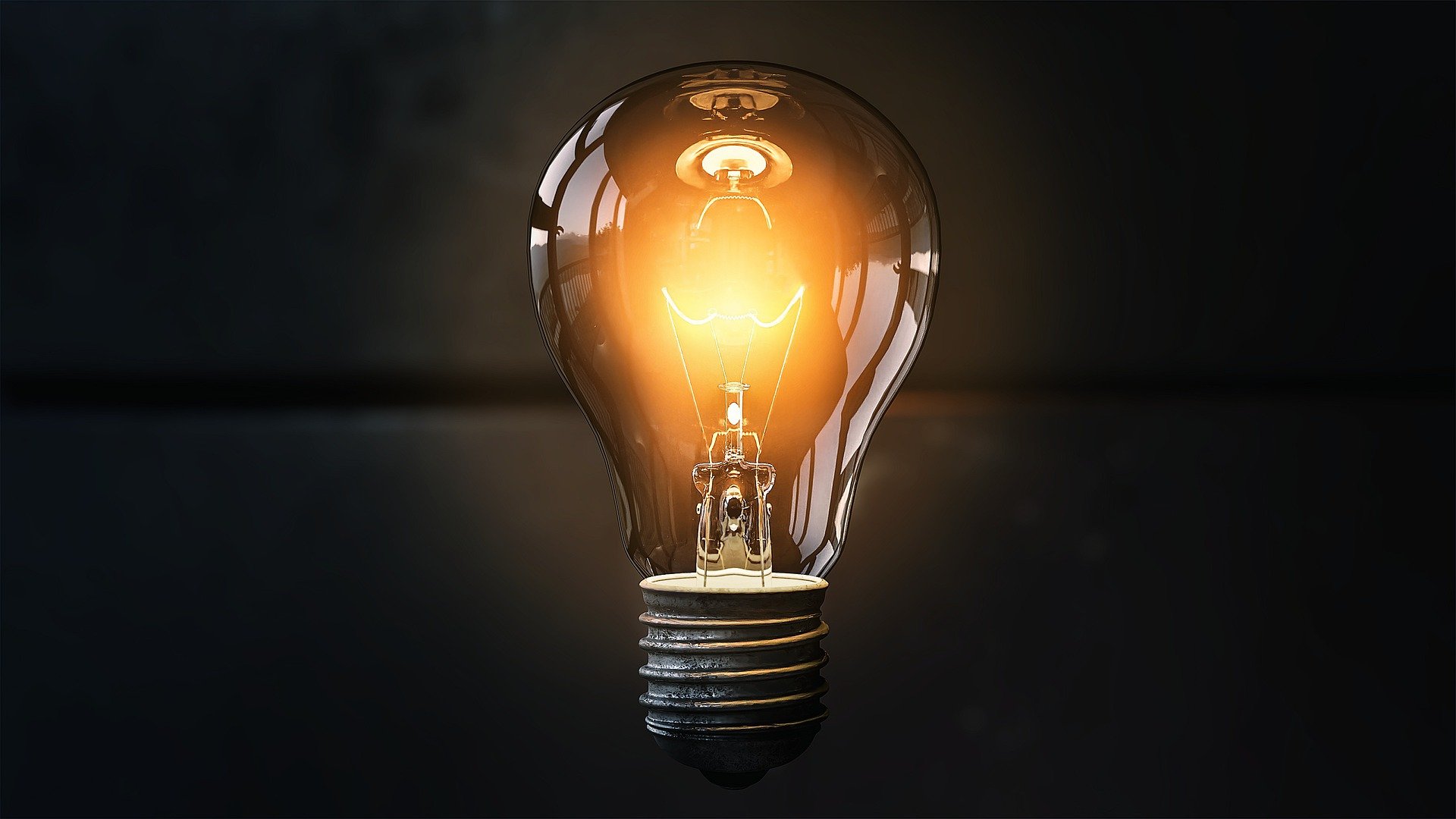
A light bulb produces light from electricity. As we know, early people used candles and lamps for light. Light bulbs are a great invention for everyone in this world. The first artificial light came into being in the 1700s. Sir Humphrey Davy invented light in 1802, but this light was not good for commercial use.
Then Thomas Edison invented the light bulbs in 1879. Before it, Frederick de Moley created an incandescent lamp with a glass bulb in England in 1841. Thus, that lamp was not perfect for lighting purposes. The poor design of the bulb heats up too quickly. The air inside made burn marks on the glass bulb, and it would burn out.
Twenty-four years later, after the invention of the incident bulb, in 1865, Hermann Sprengel removed the air from the bulb and resolved the problem of burnout from the lamp. His mercury vacuum pump system became very popular after this event. It was known as the Sprengel pump. Mathew Evans and Henry Woodward also worked to make light in 1874. Sir Joseph swan was also working on creating an incandescent light bulb. After that, Edison and Sir Joseph Wilson Swan made the team and started working together. They established the Edison and Swan United Electric Light Company, Ltd.
How does a Light Bulb Work?
Bulbs use heat and produce light. When current passes through the wire, it gives heat to the wire. The wire gets hot, and it shows light. Another type of light is a fluorescent lamp. This lamp contains argon gas and tough mercury. When an electric current passes through the gas, the atoms of the gas pick up energy and ultraviolet light. When this UV light hits the phosphor, which is inside the tube, the phosphor glows and gives off the light.
Types of Light Bulbs
- Incandescent
Thomas Edison invented the first bulb, which is called the Incandescent, in 1879. These bulbs are made of glass, and it has gas-like argon with a tungsten filament inside. These bulbs are mostly used in bathroom vanities. They are not good for energy saving. However, the act was passed in 2007 in which it is mentioned to promote the use of energy-saving options for lighting. So, this order almost killed the production of the 40-100 watt standard light bulbs. Later on, these bulbs are found in lower-wattage models, and these bulbs also vary in shape, style, and size as well.
Uses of Incandescent Bulbs
Nowadays, you can find these sorts of bulbs in desk table lamps, accent lighting, closets, highway lights, chandeliers, and other sorts of household and commercial lighting.
- Standard Fluorescent
These bulbs have long tubular forms. Such bulbs are mostly used in offices, and stores, which are in private homes. They create light with the help of mercury vapor which is inside their glass tube and is ionized through an electrical charge. We can also use them in the garage, basement, or workshop. These bulbs have a long life span.
Uses of Standard Fluorescent Bulbs
These bulbs are generally found in the decoration of hotels, grocery stores, and office buildings. In addition, these standard fluorescent bulbs are also used to enlighten the warehouses, parking areas, garages, and healthcare centers.
- Compact Fluorescent (CFL)
These bulbs have twisted shapes. CLF bulbs produce light when their mercury gas is ionized. These bulbs are used in the household setting. They use less energy as compared to Incandescent bulbs. They give harsh light and do last longer. These bulbs contain mercury. These bulbs are more expensive than Incandescent.
Uses of the Compact Fluorescent Bulb
These bulbs are now used as a replacement for incandescent and halogen bulbs for residential applications. These bulbs are basically available in small sizes, and this is the reason you can find them inside table lamps, sconces, and ceilings.
- Halogen
Halogen bulbs have artificial light, which resembles the original light. This artificial light is better for health. The function of these bulbs is very similar to Incandescent bulbs. They have glass bulbs filled with gas and tungsten filament. These bulbs are very hot. The use of these bulbs is limited, like floodlights, and outside the house, like in the garage or in the backyard.
Uses of the Halogen Bulbs
You can find these sorts of light bulbs inside automotive lamps, work lights, and in cabinets. So, you can also use these bulbs in the design and decoration of homes.
- light Emitting Diode (LED)
LED bulbs are very common in present life. These bulbs produce light with the help of semiconductors or materials. LED bulbs do not require more energy to work. They have a long lifespan. LED bulbs do not produce much heat; that’s the reason we can easily use these bulbs anywhere. So, such light bulbs are very easy to use.
Uses of the LED light Bulbs
It is quite clear from the discussed facts that the efficiency of LED lights and bulbs is very good, and these characteristics make them favorable for any type of industrial use. And that is the reason you can see these lights in the parking garages, street lights, modular lighting, task lighting, refrigerator case lighting, and outdoor area lighting.
- Smart bulbs
These bulbs are very useful in our world because they have Wi-Fi. We can control them and operate them easily anywhere via an app or google home. This is the best part of these bulbs. These are very easy to use. Smart bulbs are used anywhere. They are quite expensive because they have the very useful feature of Wi-Fi. So, there are a lot of advantages that make these lights more unique and demanding.
Uses of Smart Light Bulbs
As we all know, smart bulbs can be operated via mobile apps, so these lights are a little expensive and found in commercial places; however, some residential areas are also equipped with these lights. In addition to this, these bulbs can also be scheduled with the help of the settings of the app.
Conclusion
Light bulbs are very beneficial to use for us. Some light bulbs, like standard bulbs, consume more watts and some bulbs, like led bulbs, consume fewer watts, but they produce light for us. Standard bulbs produce more light as compared to Led bulbs because led bulbs consume fewer watts. We should normally use energy savers because energy savers consume less energy as compared to standard lights, which also reflect in the electricity bills.






